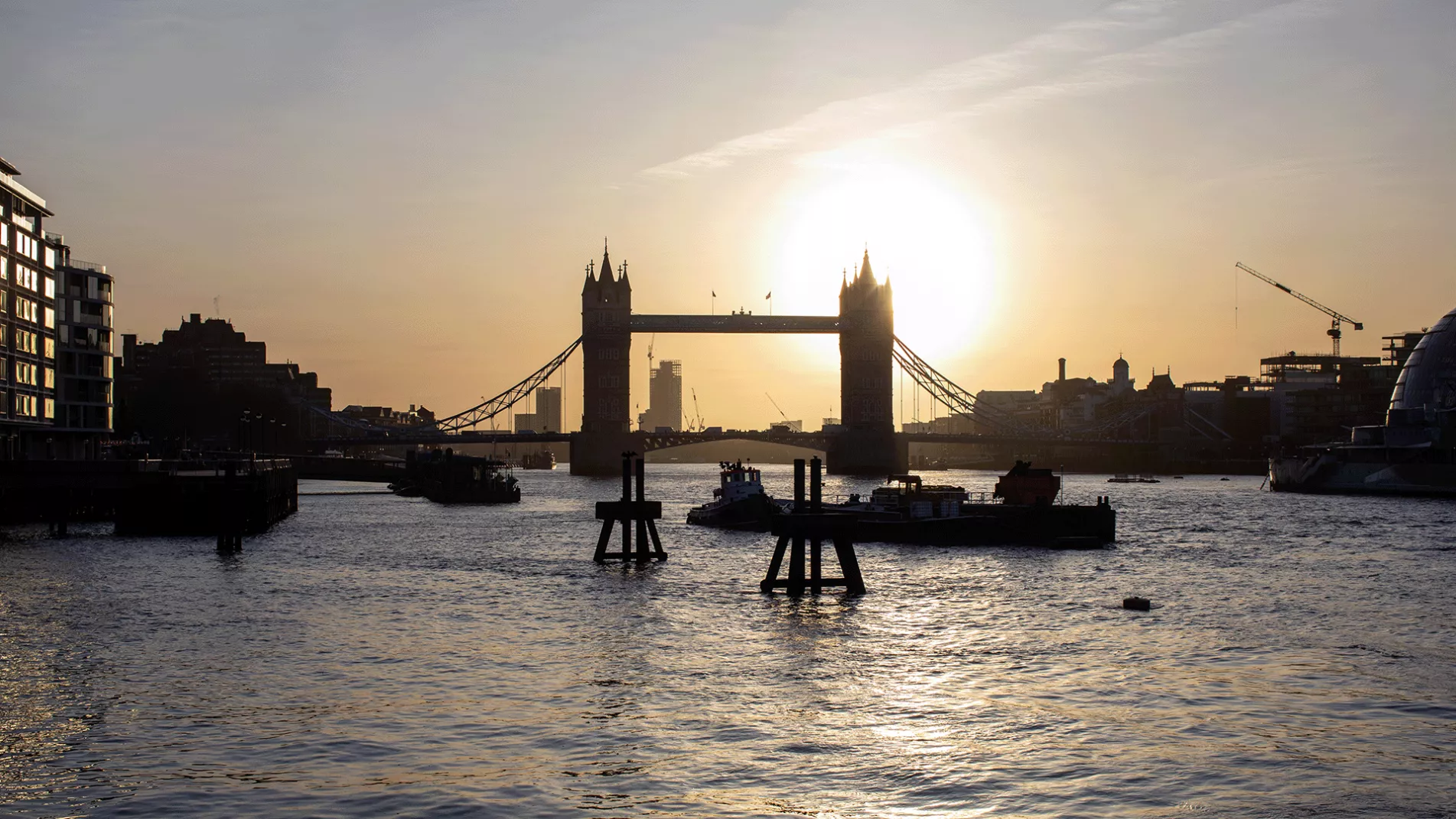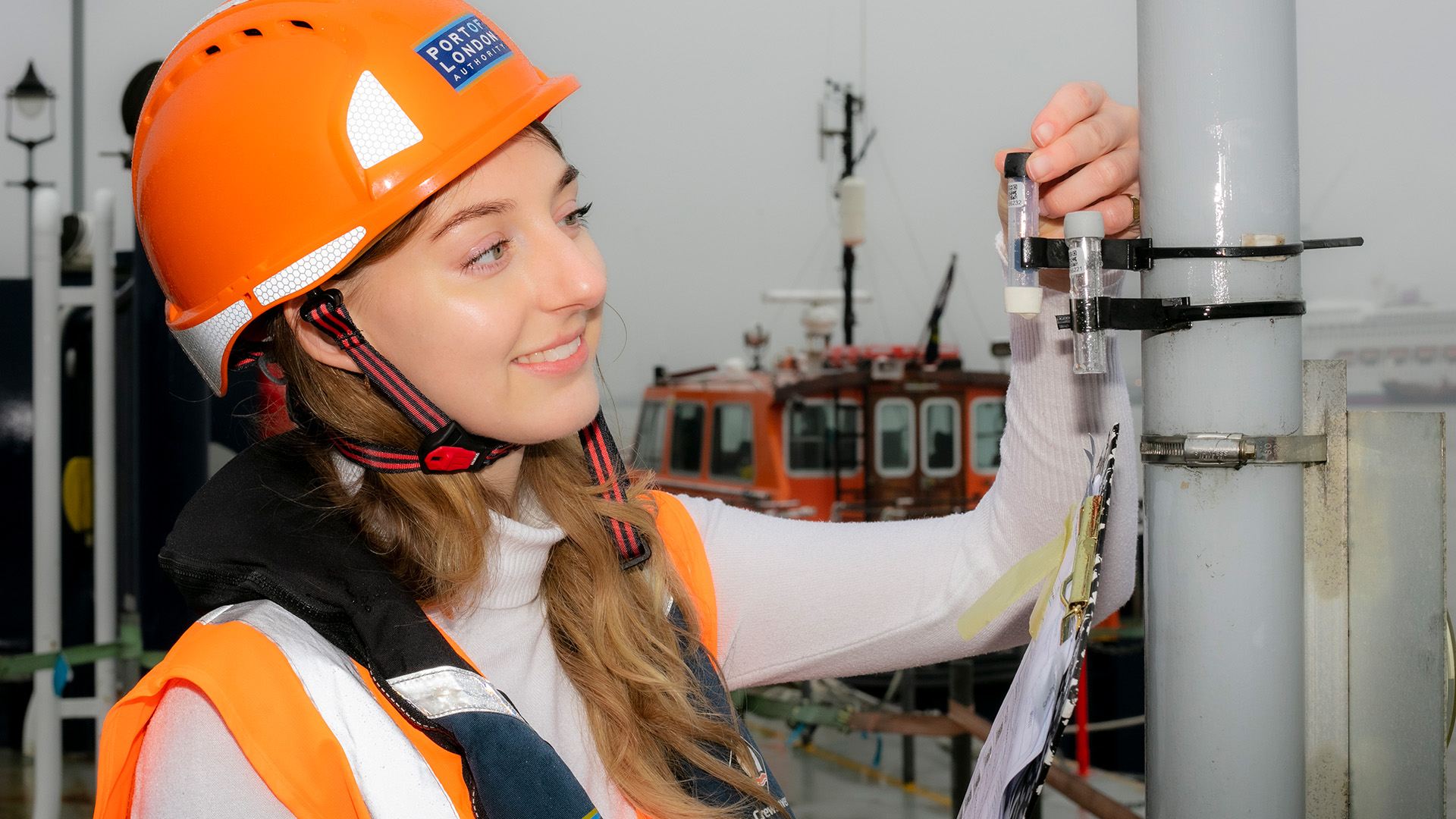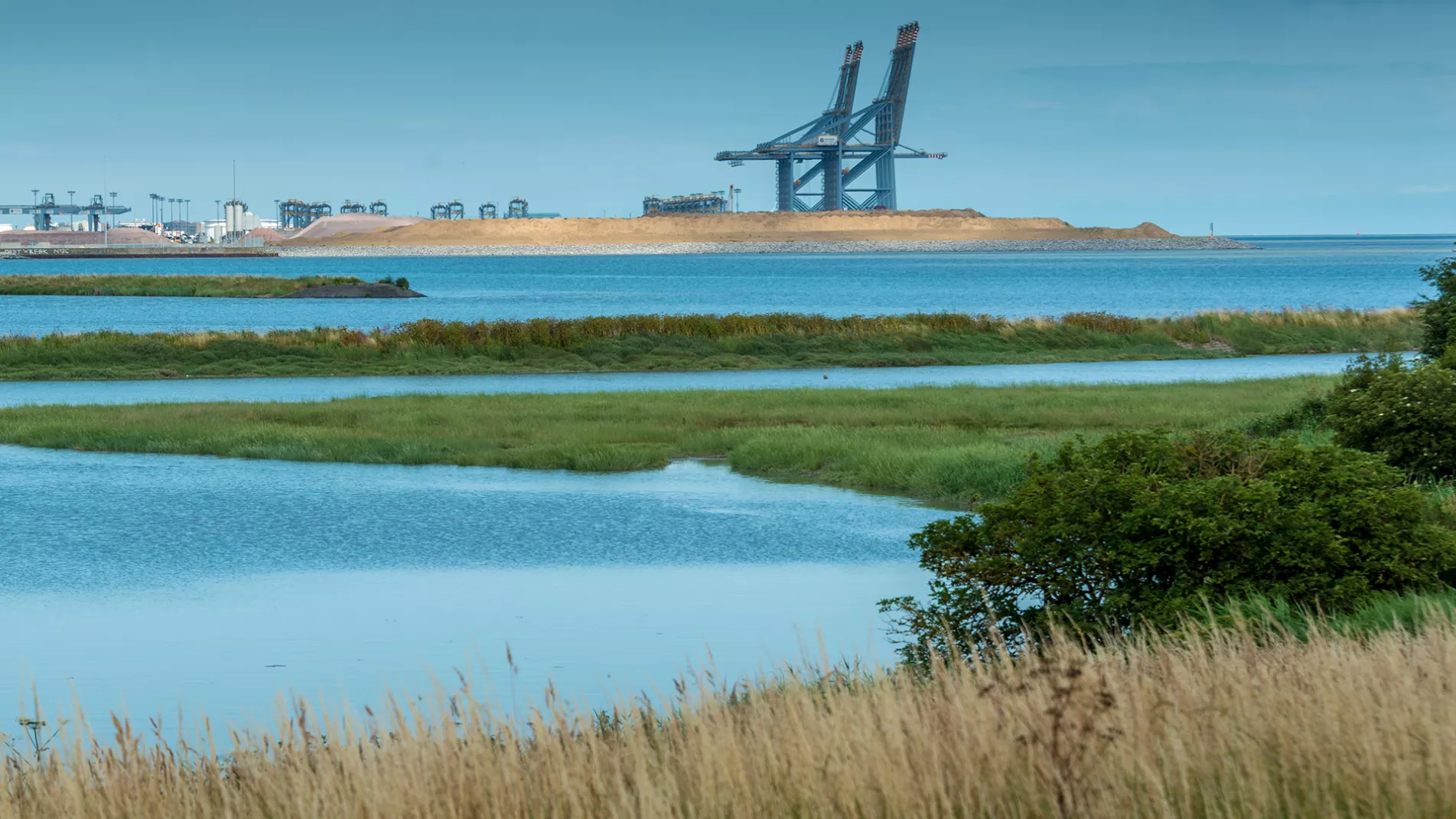Live Tides
NOTICES TO MARINERS
Charts & Surveys

Incident reporting
Life-threatening emergencies on the river:
Call 999 and ask for the Coastguard
For near miss, safety observations and incident reporting click below

Air quality
We want the Thames to be valued for its clean air
Poor air quality is the largest risk to human health in the UK and to examine the role ports can play in reducing this risk, the PLA was the first UK port to publish an Air Quality Strategy (AQS) in 2018.
The AQS outlined a 5-year action plan with a total of 19 actions to be carried out with the objective of emission reduction across the PLA’s jurisdiction. In 2020, the strategy was updated to address new legislative changes and interim progress.
The latest strategy, launched in 2024, builds on learning amassed over five years since the first strategy was published, to set out ambitious, continued action around five areas to reduce air pollution in the Thames:
- Build on the evidence base on air quality
- Target hotspots and areas of concern
- Support the transition to low or zero emission fuels
- Advocate for better air quality on and around the river
- Embed air quality considerations into our own decision making
The 2024 strategy is to take a more strategic approach, putting the learnings we have taken from the past five years with the foresight of the future to instruct and facilitate river-wide action to improving air quality on the Thames.
This roadmap for Thames inland vessels benefit operators, the PLA and all other stakeholders by offering direction in reaching current and potential future emission targets.
We commissioned the University College London to perform a study comparing engine emissions from Kew, one of our Harbour Service vessels, when operating on Ultra Low Sulphur Diesel (ULSD), the Gas-To-Liquid (GTL), and Hydrotreated Vegetable Oil (HVO).
Our monitoring programme
We monitor air quality both with real-time monitors and diffusion tubes at various riverside locations. We track 5 key pollutants: Nitrogen Dioxide (NO2), Particulate Matter (PM2.5 and PM10), Ozone (O3) and Sulphur Dioxide (SO2).
Our real-time monitoring is done in collaboration with Ricardo Energy and Environment Ltd and the results of our monitoring is reviewed on an annual basis to be compared against the National Objective Limits for air quality pollutants. They show higher concentrations at sites within the City of London and Westminster which correlates with the higher ambient pollutant concentrations at these locations.
We also manage a Maritime Emissions Portal (MEP) that uses our AIS (Automatic Identification System) data to calculate vessel emissions on a quarterly to annual basis. Our regular monitoring and MEP helps to inform our air quality strategy and allows us to identify areas of concern for air pollutants along the river. We also provide this data to the GLA to inform the shipping emission calculations in the annual London Atmospheric Emissions Inventory (LAEI).
Case Study: Greenwich Ship Tier Monitoring
Greenwich Ship Tier is one of the few areas of the river that cruise ships can safely moor. As a result, air quality at Greenwich Ship Tier has been an area of public concern. We deployed a network of 7 air quality monitors in the area to assess impacts of cruise ship emissions on the air quality at the site.
Research carried out in both 2020 and 2022 revealed there was no correlation between cruise vessel arrivals and spikes in air quality pollutant levels in Greenwich.
Continued monitoring in this area evidences that levels of pollutants around Greenwich are under national recognised limits.

Discover




